With minimal expenses, selling digital products online is a widely accessible business idea with high-profit margin potential. With over 2 billion products sold every year, it's a market with vast opportunity.
Even those on shoestring budgets can start selling. The only thing you need is invested time and effort.
Interested?
Start today by following our guide to understand the key steps. We’ll cover everything from market research to choosing a sales platform.
Firstly, what are digital products?
Digital products are non-physical products, accessible via digital devices only. They have no physical manufacturing costs and can be accessed by anyone with an internet connection and the appropriate device.
The digital product market size is rapidly growing and is projected to reach a value of $650 billion by 2027. There has also been a 70% growth in digital product sales within the past two years, largely due to COVID-19 habits.
How much money can I make selling digital products?
The earning potential of a digital product is dictated by what you’re selling, when, and how much for. There is no limit.
But for a clearer understanding, we can look at Whop’s data, which revealed the top 10% of creators on the platform made over $55,000 during the first quarter of 2024; a further 1,300 people earned at least $2,000 in March alone from digital products.
How to create and sell digital products in 15 steps
Here are some clear steps to help you understand the process all the way from creating your product to selling it.
1. Pick your niche
To make a digital product that sells, you must target an audience so you don’t get lost in the chaos of the internet. This is called a niche.
You may already have an idea jumping out at you. But if not, it’s wise to consider one in which you have a particular passion, skill set, or experience. We advise that you make a list of potential ideas, with a variation in potential price, quality, audience, and expertise.
For example, you might sell courses. But what are they for, specifically?
If you know about NFT trading for example, then you could sell an NFT trading course.
2. Conduct market research
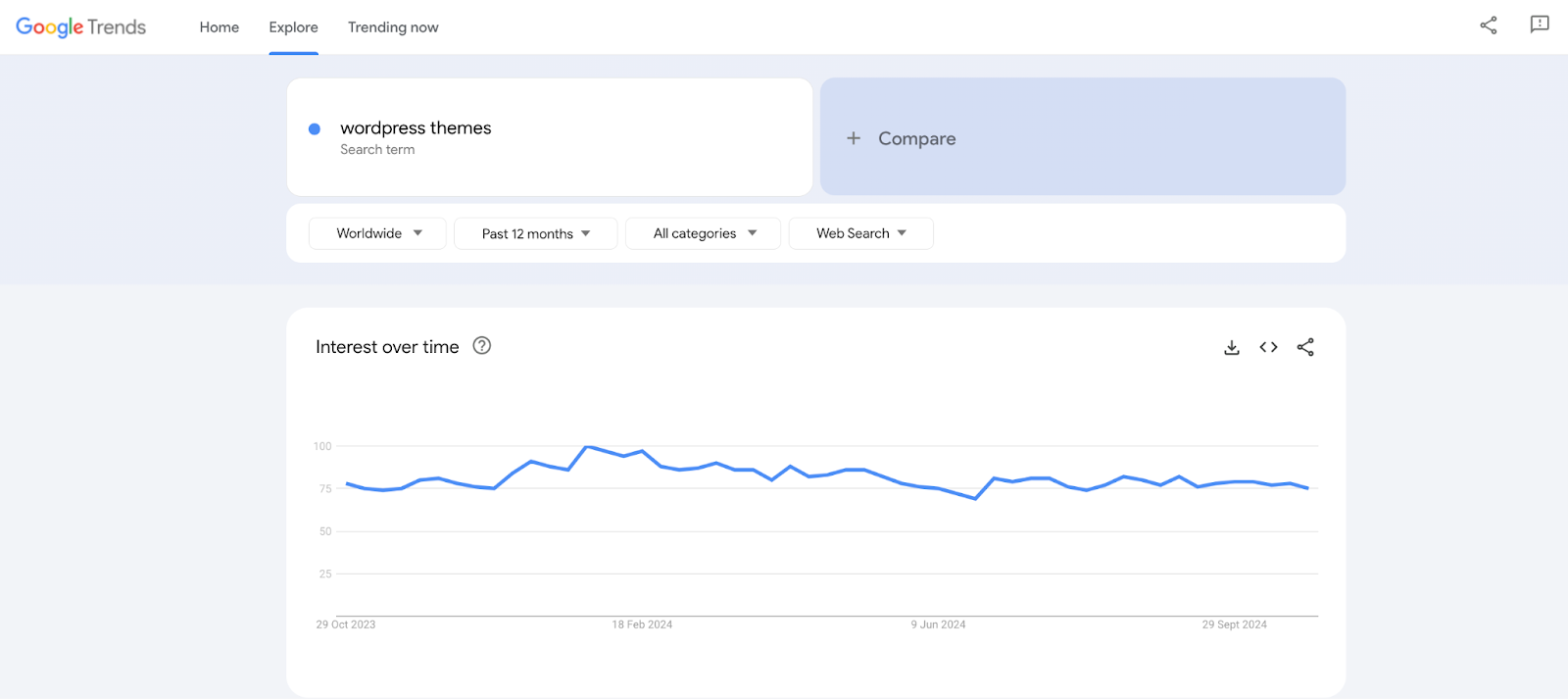
Once you’ve determined a niche, it’s time to understand it on a deeper level. This can be achieved via market research and it will prevent you from selling to a market that is too small.
Is there a demand for your product? Is there already a huge competitor, or is there a gap in the market? Or is this idea too specific and unlikely to be bought?
To answer these questions you can:
- Use tools like Google Trends and Google Keyword Planner to see how many hits your idea gets per month on Google.
- Explore social media and ecommerce platforms to see what’s trending.
- Join niche groups on LinkedIn to see what’s hot and what’s not.
3. Understand your audience
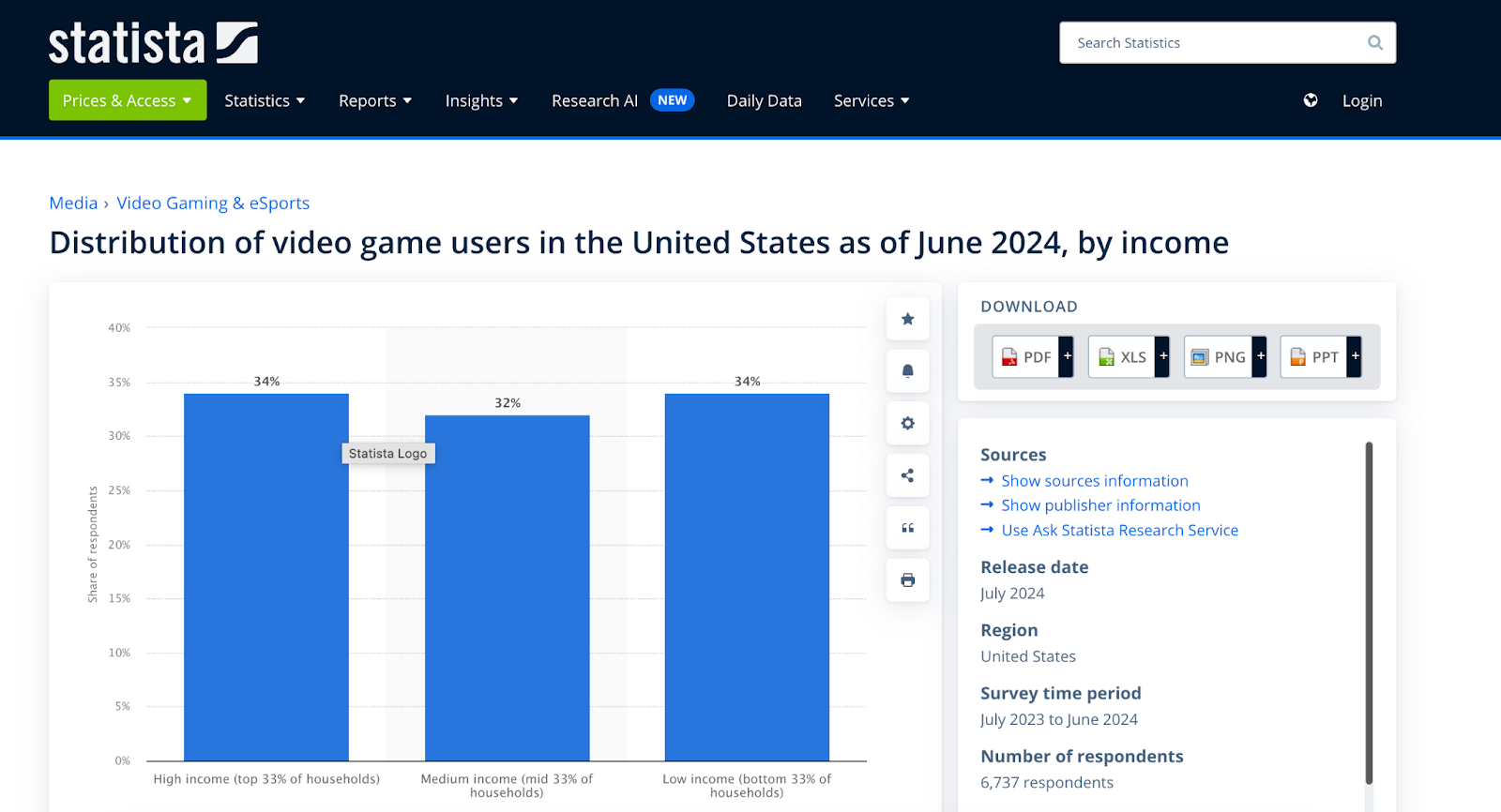
Next, you need to understand your customer profile. By the end of this step you’ll be able to define:
- The age, gender, and location of your audience.
- Their income levels and professions.
- Their motivations, values, and priorities.
- Their shopping behavior and preferences.
There are two routes to obtaining this information - primary and secondary research.
Primary research requires you to speak directly to your audience, by using online surveys and questionnaires. You can share on specific sub-Reddits, Facebook groups, forums, or on X and LinkedIn with the relevant hashtags.
You can also perform interviews, by asking survey respondents if they’d be willing to leave their email to discuss things further.
With secondary research, you’ll study data and insights produced by someone else. Government statistics, industry statistics, and industry reports will reveal critical market data that can help you understand your audience better. Statista and HubSpot are good data starting points.
4. Create a business plan
Using a business plan can give you a roadmap to achieve your values and goals, so you can refer back to it and stay on track. You can also use it if you ever want to gain investors or a loan.
Your business plan should include a key summary of your idea, your market analysis, your ambitions, how you plan to get there, your product in detail, pricing models, marketing ideas, and any branding rules you want to define now.
5. Create a test product
So, it’s time to get creative. We’ve covered the popular ways to create the best-selling digital products in the section below.
We advise against launching the first iteration instantly. Instead, create a beta version of your digital product and share it with some testers to fix any bugs or glaring problems.
Testers can be potential buyers who have already expressed an interest, or any connections you have in the field. But if not, you can always ask friends or family for their opinions. Whoever you ask, you’ll want to know:
- Is the product providing a solution successfully?
- Does it offer good value for money?
- Were there any problems that arose?
- Could anything be improved?
6. Refine your product
Take constructive criticism and refine your product, ensuring the final version is the best it can be. Positive feedback can be used to promote your product in your marketing materials.
You can even consider running another round of testing. It’s better to ensure your product is the very best it can be, rather than releasing one full of bugs or a lack of value.
7. Set up a waitlist or funding
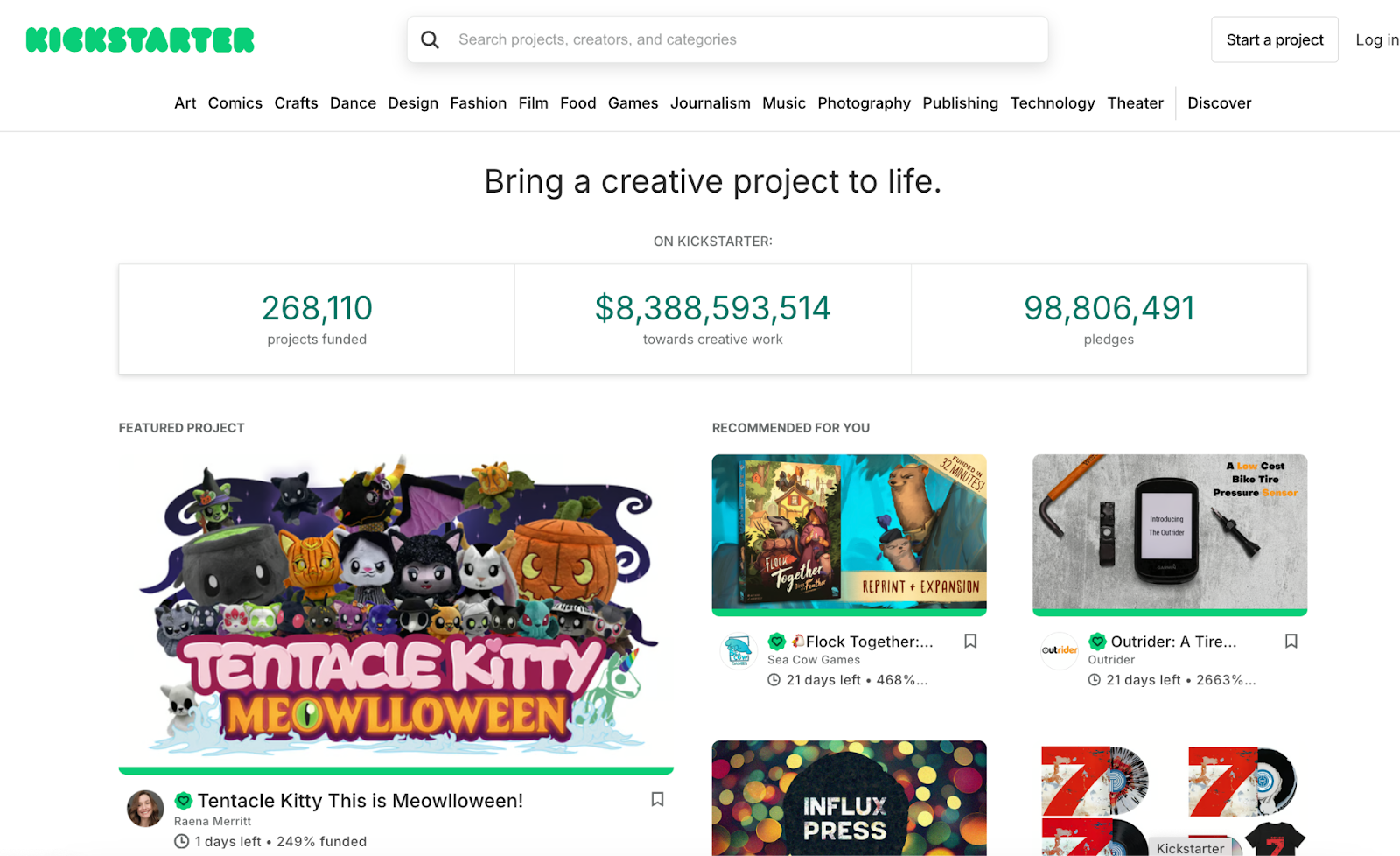
Waitlists are a great way to motivate yourself and ensure that you’ll have an audience signed up to your mailing list. By creating a waitlist you’ll also build hype and pre-market the product.
You can do this by creating a dedicated landing page, alongside social media pages that post teasers or work-in-progress reveals.
You can also consider setting up a funding page to help support your idea. Funding is especially important if your product creation will require investment either financially or from reduced income via your regular job.
In exchange for funding support, you can provide freebies such as pre-launch discounts, exclusive access, and content, or a special launch edition of your product.
8. Choose your sales platforms
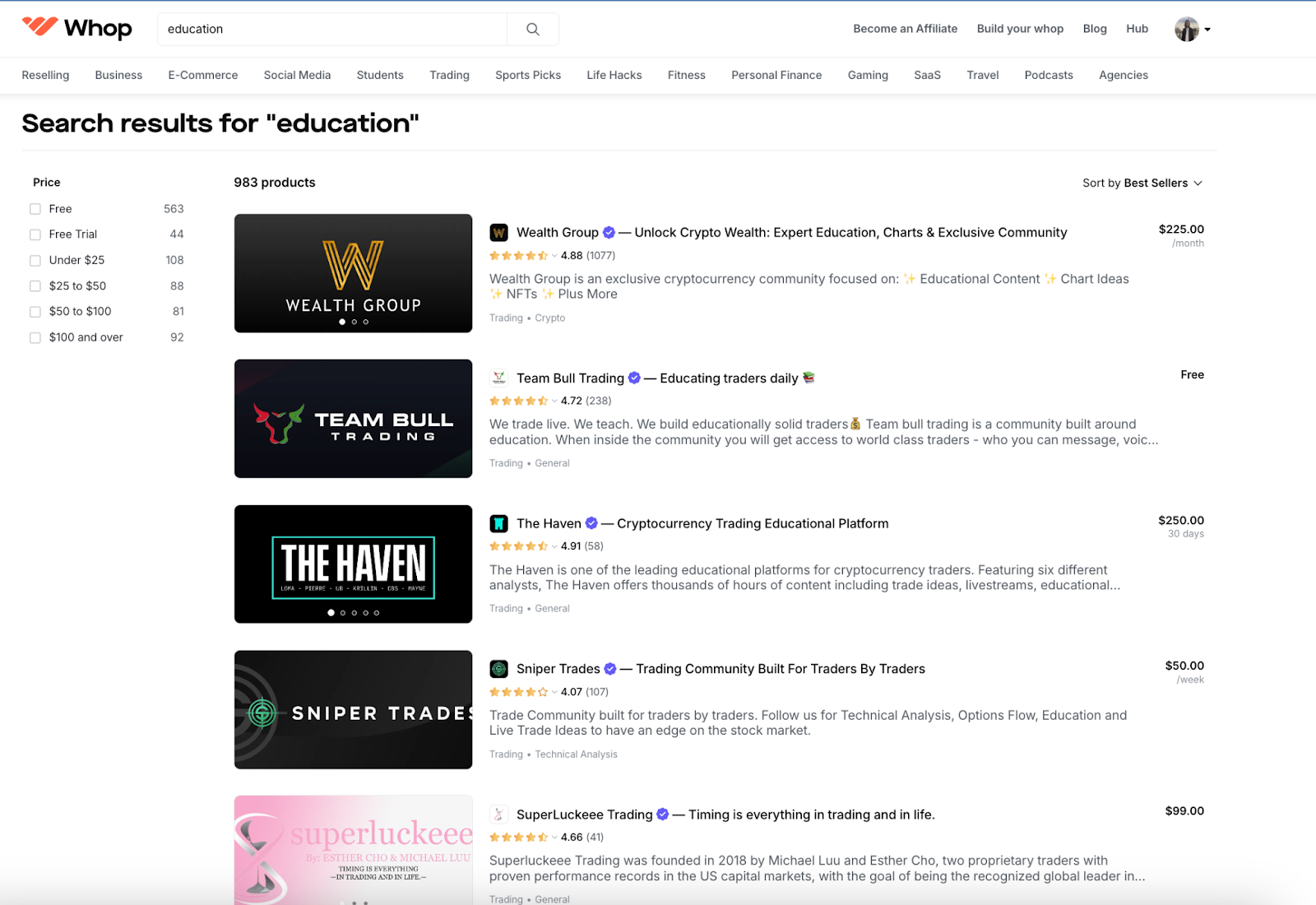
Now that the creation process is done, it’s time to get to the business side and start selling!
To do so, you’ll need to set up your online stores. Depending on your product and niche, you’ll have different platforms available. There are around 7 million ecommerce sites, so naturally, it can be overwhelming.
We suggest starting with some of the big-name sites, with platforms like Whop. Here you sell your digital products, host an online community, communicate with your customers through chat, video, and direct messaging; and use a whole range of payment options from one-off payments to subscription memberships.
Remember, you don’t need to limit yourself to one site. For example, you could sell your digital art on Whop, eBay, and Shopify.
If you have the time and budget it can also be a great idea to launch your dedicated website where you can showcase all your products, with other content such as blogs and a portfolio. Having your own site will also help you gain some legitimacy and potentially rank high on search engines.
9. Determine the best launch date
A well-timed launch can propel your business forward, while a poorly-timed launch can see your business get lost and ignored entirely. This is your chance to make a great first impression.
Research to see if your competitors are planning a release soon. Make sure you’re not releasing in the same week! Ideally, you’ll get ahead of them too as you’ll gain a competitive advantage by being the latest (or first) product in the niche.
Alternatively, you can wait a couple of months until after your rivals have launched so that you can improve on any ideas they have.
If any notable events are coming up, you might also be able to profit from that hype. For example, by releasing gaming art around the release of a new game, or by selling festive wallpapers around the holiday season.
Finally, make sure you give yourself enough time to plan for a pre-launch marketing strategy. Dropping a release without any fanfare is a wasted opportunity.
10. Branding
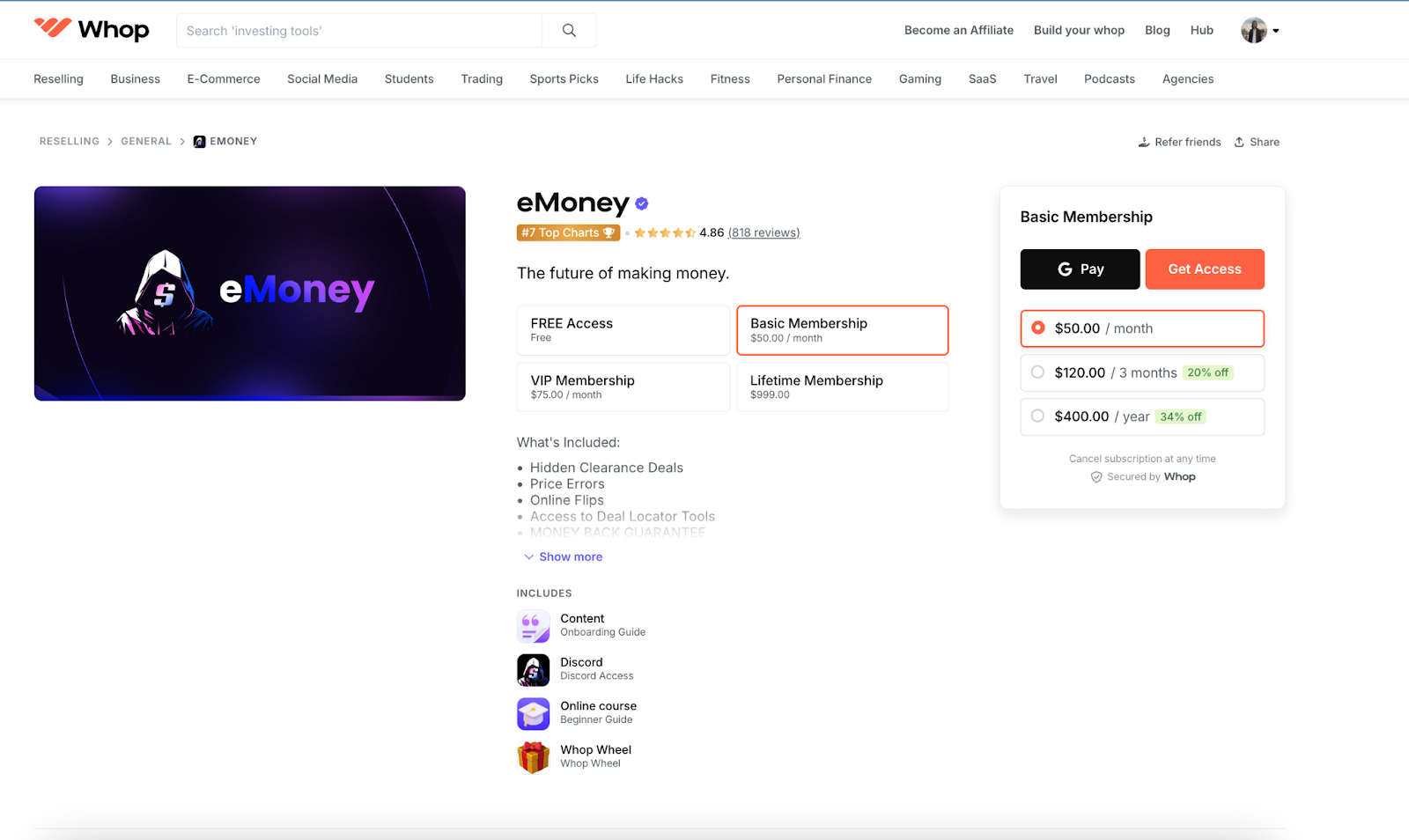
Branding will help you stand apart from competitors, sell your product’s qualities, and live long in a customer’s memory. Before selling, you’ll need to create a brand image.
Pick a core color palette that you’ll use for your product’s marketing. Try to go for something that reflects the vibe it gives off. For example, if you’re selling Minecraft skin packs, you might want some bright colors; whereas a Call of Duty pack might want more militant colors.
You should pick a typeface that you’ll use throughout your promotional material. Stick to it for consistency. Remember to keep your target audience in mind throughout too.
11. Create your product page
On most platforms, you can create a product page, without it being actively listed. This gives you the chance to perfect how it will look before the public sees it.
First, you’ll need to create some product images. Unlike the real world, you won’t need a photographer. Instead, present your products with a preview, a well-designed thumbnail, or a CGI image. If you don’t have graphic design skills, consider hiring someone who can help you out.
Then, you’ll want to put a neat description that sells what your product does, why it’s so great, and what the buyer gets from it. You can put your personality in here and remember to think about what it would take for you to be convinced to buy if you were the reader.
Oh, and don’t forget a great product name!
12. Set your pricing
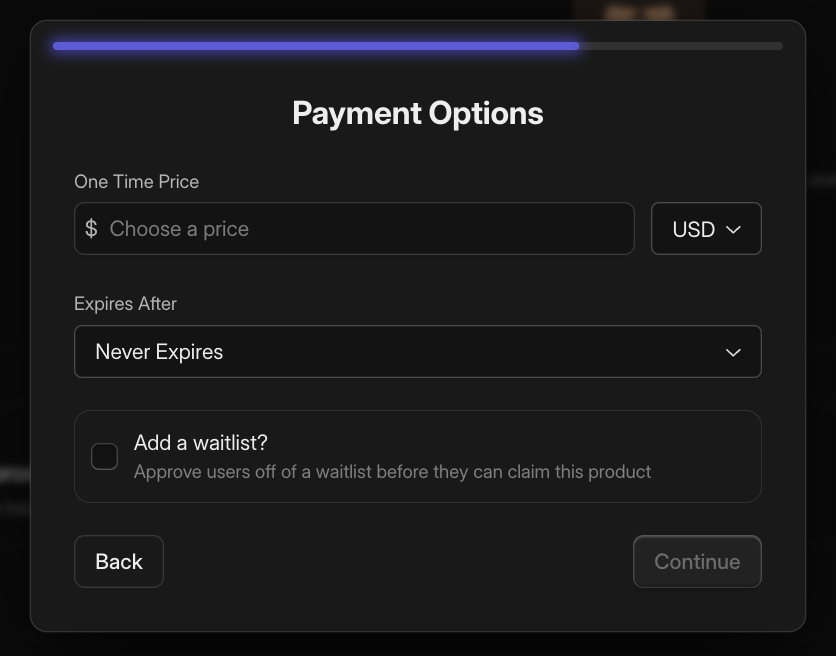
Pricing is one of the most important decisions you’ll make when selling a digital product.
The simplest way to determine your price is to add up all of the costs involved in creating and marketing your digital product and then calculate what is needed to reach the profit margin you desire.
But, you’ll also need to think about what your audience is willing to pay. You’ll need to refer back to your market research here, checking their income levels and competitor pricing.
Your costs may include:
- Production time
- Marketing
- Affiliate commissions
- Marketplace fees
- Investment in equipment or technology
- Any costs for hiring people to work on your products
Discover the pricing strategies and models used by experts.
13. Marketing
Without marketing, it's unlikely your product will be seen beyond the storefronts of your chosen platform. By promoting your digital product around the internet, you’ll put it before more eyes and increase your sales.
According to a 2024 Hubspot report, these are the best channels for return on investment:
- SEO - 16%
- Social media - 16%
- Paid social media content - 14%
- Email marketing - 14%
- Content marketing - 14%
Let’s take a closer look:
SEO
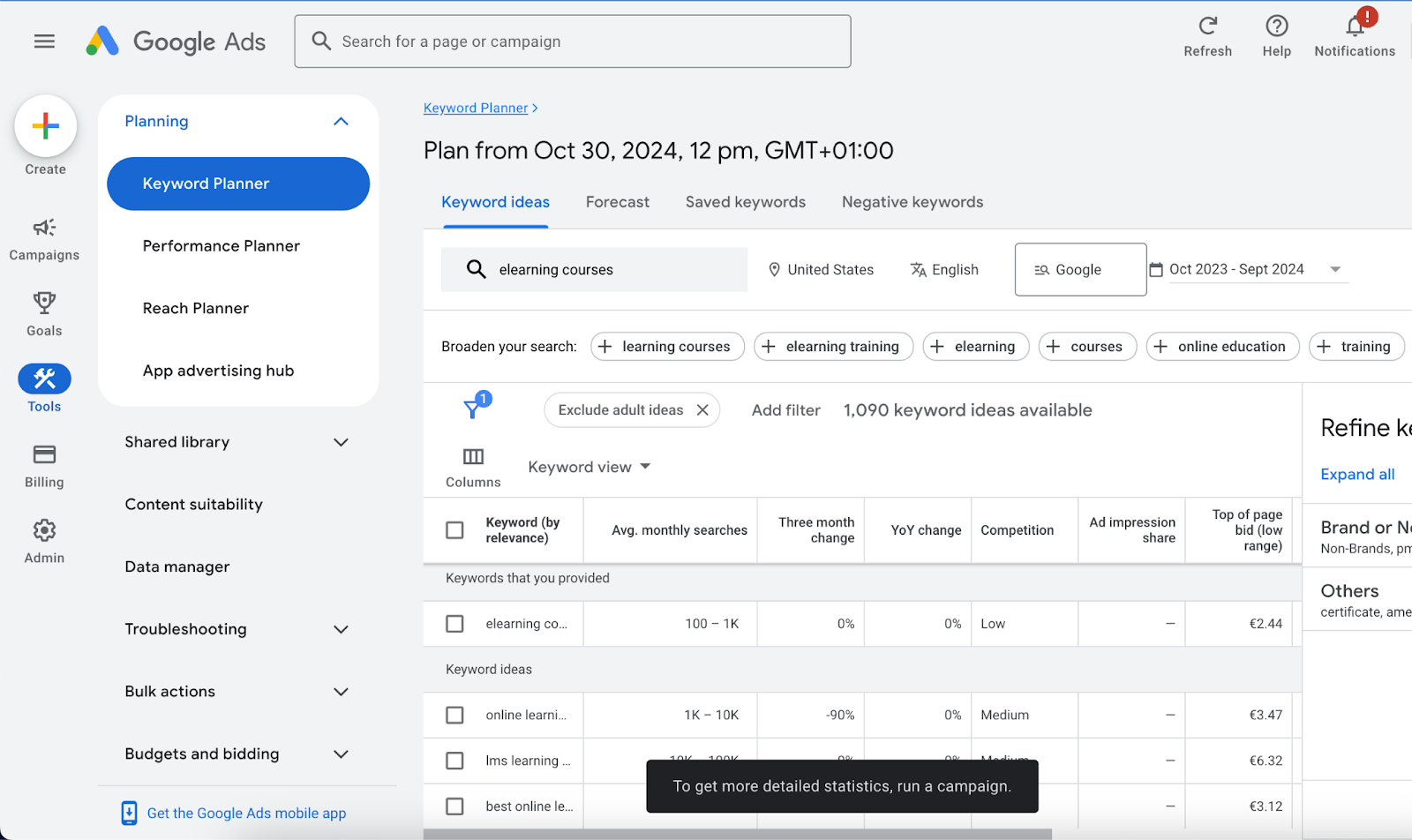
Search engine optimization (SEO) is the use of content and keywords to get your site to appear high on search engine results. It’s organic and requires no paid ads. However, SEO is a slow process and will require some ongoing keyword research and content creation.
You should ensure all your product pages and website pages include the relevant keywords - such as ‘NFT trading courses for beginners’. You can use tools like Google Keyword Planner, SEMrush, or Keywords Everywhere to help you identify the best and most accessible keywords.
Companies that post blogs are also shown to produce 67% more leads than those that don’t. If you’re just listing a few digital products, this might not be necessary for you. But if you’re looking to build an ongoing online business, consider posting a blog on your site every week.
Social media

With 62% of the world’s population on social media, you should take every opportunity to market your digital product on all the popular social media sites.
Create a page with consistent branding and try to engage with your audience. You can partake in trends, and memes, or just post interesting behind-the-scenes content on your work. Social media can also act as a customer support hub, via the built-in messenger functions.
Consider doing a countdown in the days leading up to the launch date and even run a free giveaway to users who share and follow your account.
Paid ads
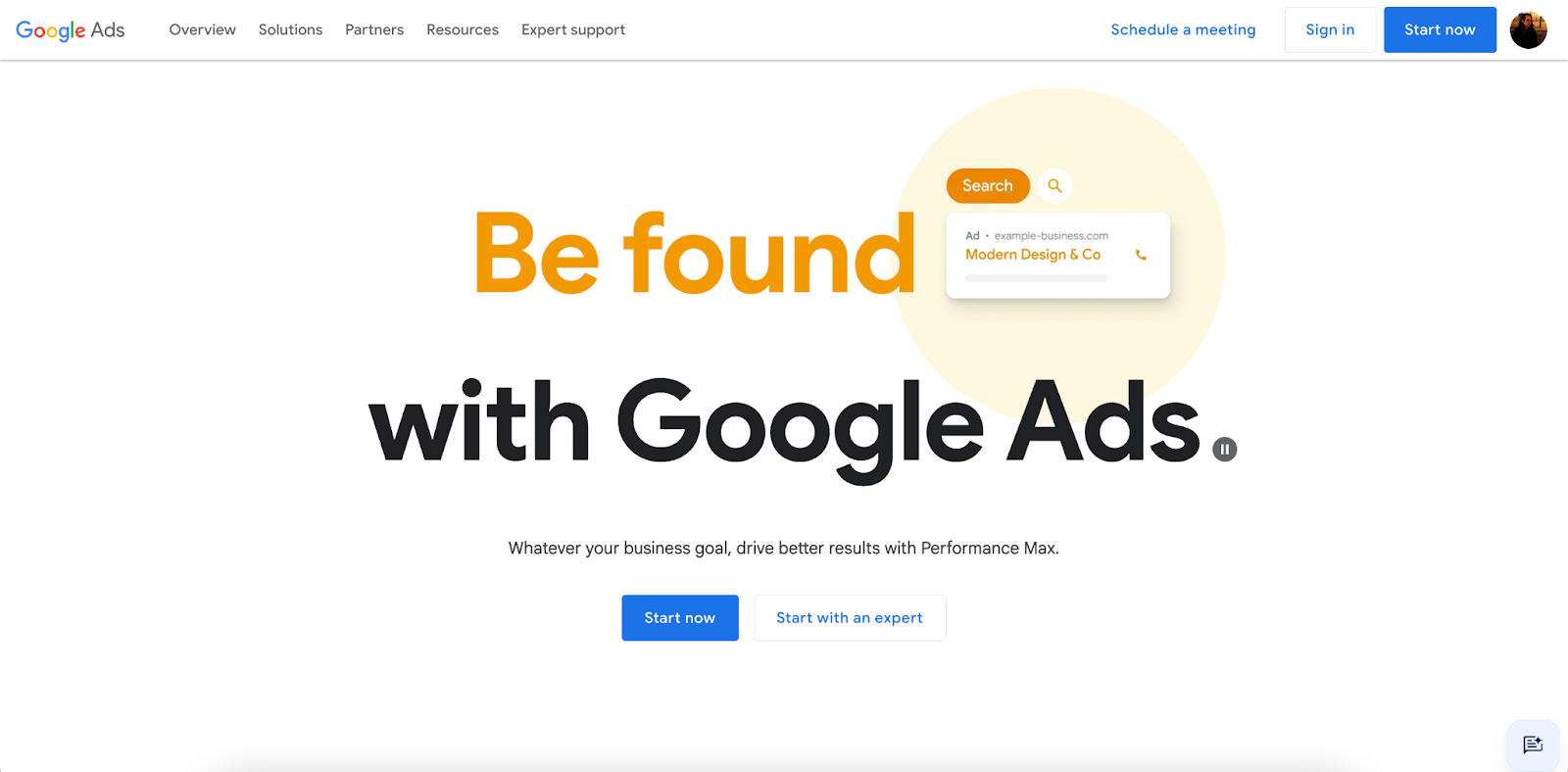
Social media and Google are also places where you can take advantage of paid ads. For a fee per click, you can get your product seen by users with relevant interests. It’s a great way to scale up fast early, but it will take a significant cut out of your profits.
Here’s a look at the average cost per one thousand views (CPM) on each social media platform:
- Facebook - 2.25 billion users with an average CPM of $7.19.
- YouTube - 2.53 billion users with an average CPM of $9.68.
- Instagram -.1.63 billion users with an average CPM of $7.91.
- TikTok - 1.09 billion users with an average CPM of $10.
- LinkedIn - 922 million users with an average CPM of $6.59.
Email marketing
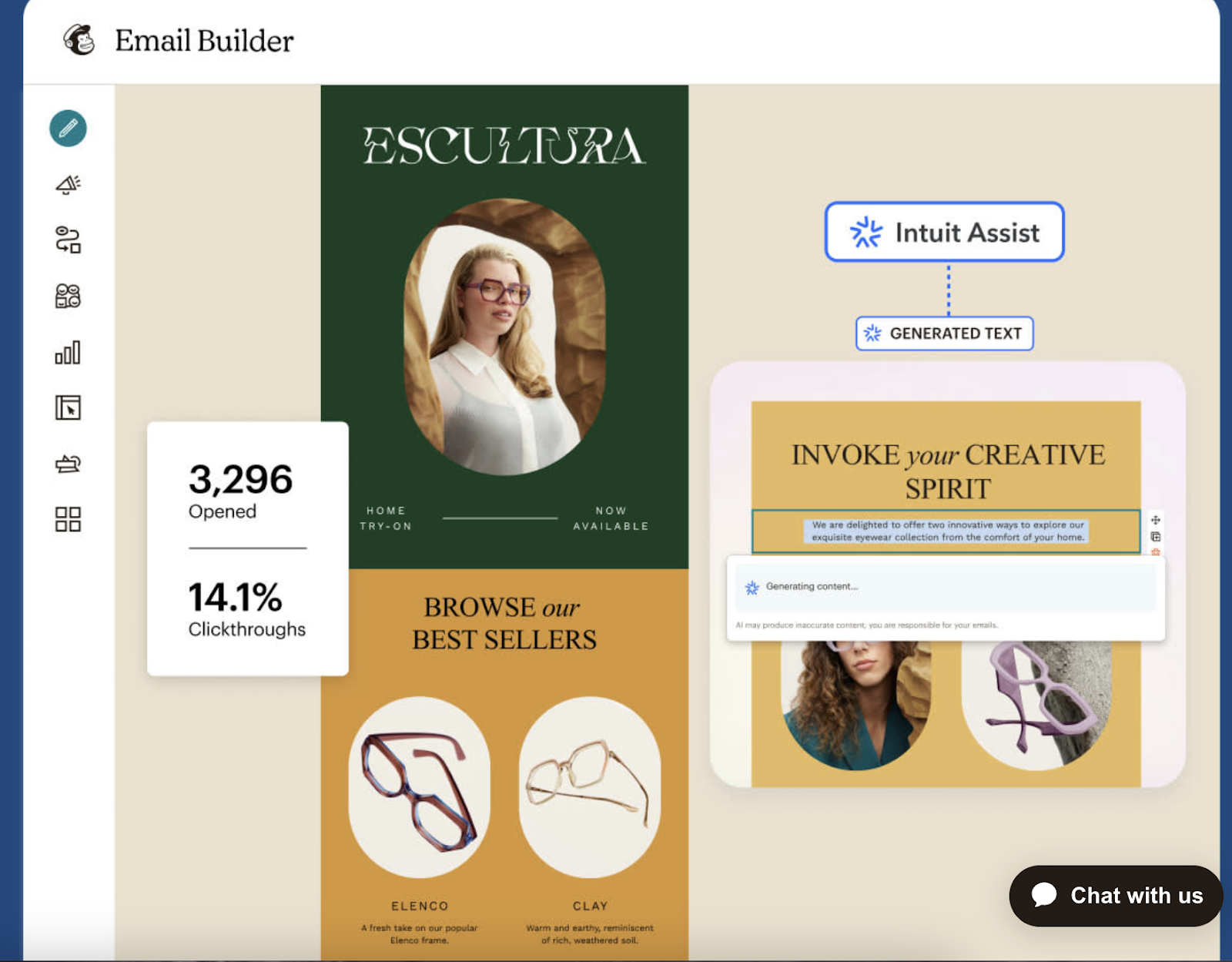
Email marketing is one of the most effective routes to driving conversion, with an average 2.8% conversion rate for business-to-customer brands.
You can use it to inform your waitlist about the launch, and any launch deals, and then promote future products later. Emails are very easy to make and send, especially with sites like MailChimp, Hubspot, or Moosend.
The risk is coming across as a spammer, though, so don’t overdo your emails and never send newsletters to people who haven’t voluntarily signed up.
Affiliate marketing
Another route to selling your digital product is by offering affiliate commissions to those who share links to your products. If you’re prepared to lose a cut of the profits, you can offer this to content creators such as YouTubers, podcasters, bloggers, and influencers.
14. Launch day!
When launch day comes around, it’s your time to shine. Fire away on all your social media accounts and make your products active on your chosen marketplaces.
On launch day make sure you:
- Send a launch email, to inform those on your waitlist.
- Consider running a launch day discount.
- Inform people in your digital community, such as on Whop or Discord.
- Post-launch posts and stories on social media.
- List your products in your chosen marketplaces.
- Check your product pages look good and run properly.
- Check your messages and emails regularly in case of any glitches or customer questions.
15. Monitor your product progress
After launch, you should analyze performance to learn how to boost your sales in the future. This is all about getting into data and customer feedback. For examples:
- Organic traffic vs. paid traffic share.
- Customer reviews.
- Click-through rates.
- How many customers have you kept, after your next release?
- Was the pricing effective?
What digital products can you sell, and how?
Let’s take a closer look at what digital products you can consider selling:
Ebooks and audiobooks
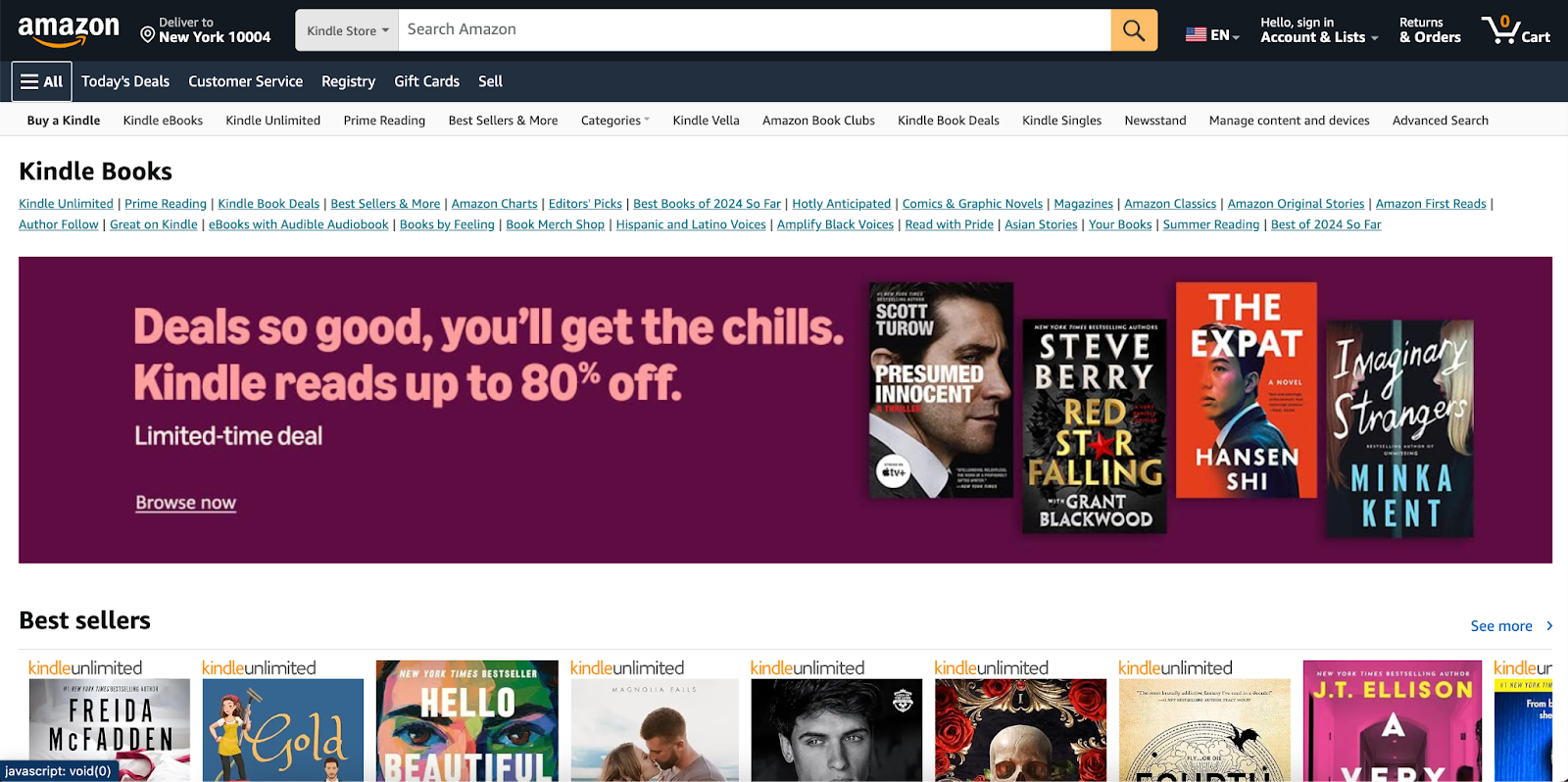
Ebooks can be read on tablets, phones, and Kindles, replacing the need for a physical paper release. The ebook and audiobook market is projected to generate $14.6 billion in revenue over the next year, with a market of over 1.1 billion ebook readers.
Writers can share their creations, without worrying about physical publishers and distribution costs. Instead, you can publish digitally to pre-existing ebook marketplaces, with hungry readers.
How to create an ebook?
Once you’ve decided on a genre and found an idea, you can write your ebook on the following platforms:
- Apple Pages
- Calibre
- Canva
- Google Docs
- Kindle Create & Kindle Previewer
- Microsoft Word
- Mobipocket
- Scribus
There’s no need for external input, but if you have the budget, you may benefit from hiring a proofreader or at least asking friends and family for a read before you launch it.
If you want to create an audiobook version, you can either write it yourself or hire a professional reader to record it for you. If you’re recording your own voice then you’ll need to buy a professional microphone, pop filter, and a soundproofed location.
You’ll also need to edit it, to remove mistakes, and unnecessary pauses. You can hire a professional sound engineer or use dedicated sound editing software such as Adobe Audition, Logic Pro X, or Riverside.
Where to sell ebooks?
As an ebook seller, you’ll need to publish your books on a variety of platforms, ensuring that your pricing attracts readers while covering any marketplace fees.
Amazon is currently the most popular platform, with a market share of around 70%. Rivals exist, such as Apple ebooks, Kobo, Google Play Books, Barnes & Noble Nook, Scribd, Project Gutenberg, Bookbub, and Rakuten. You can also sell ebooks with Whop (and create an online community for your ebook).
According to Amazon, the top five most popular fiction genres are fantasy, science fiction, dystopian, adventure, and romance. While the top five non-fiction genres are, memoir & autobiography, biography, cooking, art & photography, and self-help.
The average ebook price is between $5 to $10, as they target readers looking for a cheaper alternative to real books.
Online courses and webinars
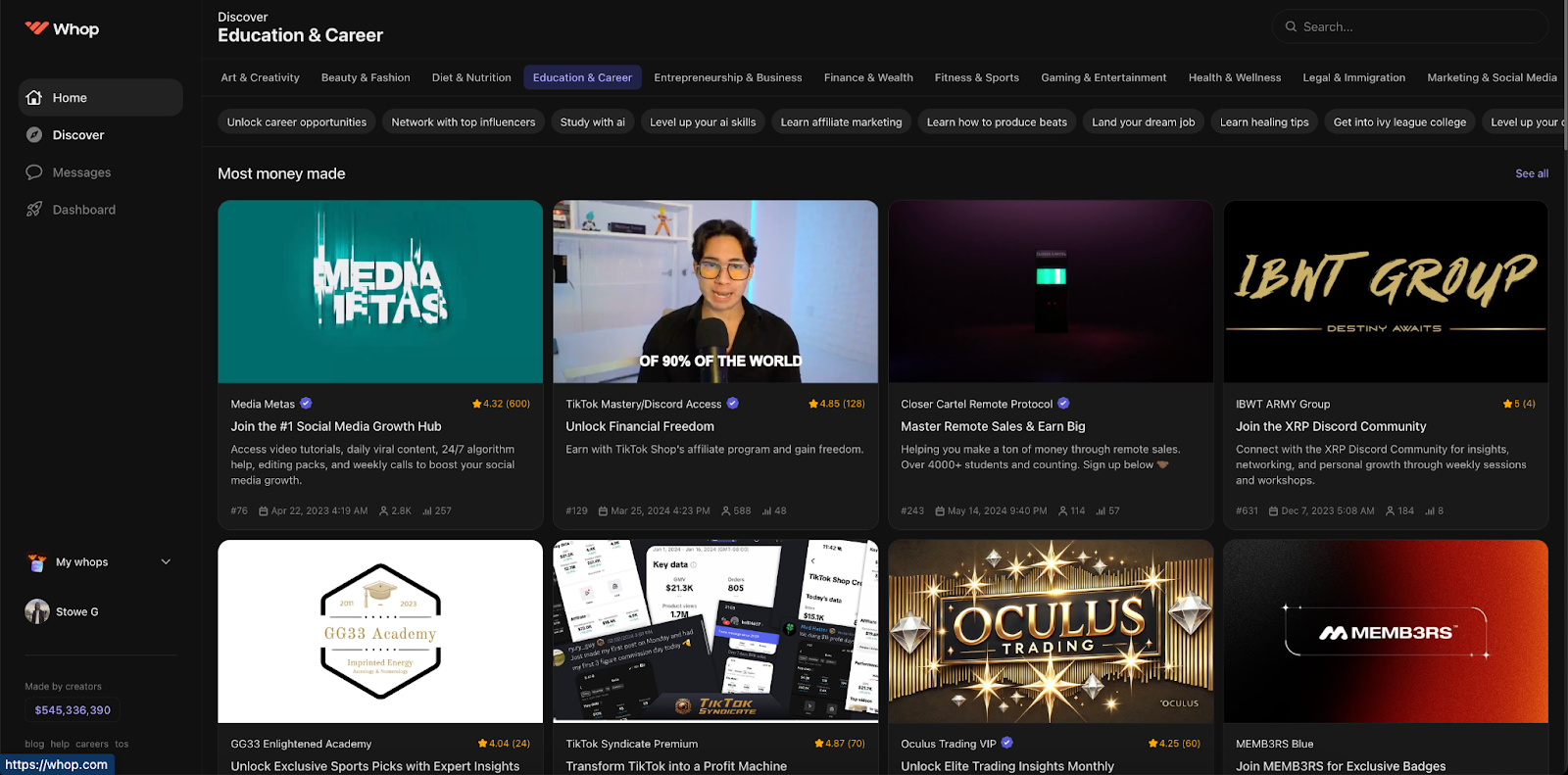
Online courses can be sold as digital products, on e-learning and ecommerce platforms such as Whop, Kajabi, and Udemy. Over the past decade, the number of people learning from online courses has increased from 300,000 to a massive 220 million.
E-learning expenses are relatively low, with the need purely for time, passion, knowledge, and perhaps a basic HD camera and a decent microphone. They also offer the ability for impressive passive income, with high profit margins.
How to create online courses?
If you’ve got expertise that you feel you could share with others, you can cash in with a course. You’ll need to share learning materials, such as guides, lessons, video walkthroughs, and tutorials with a healthy dose of motivation.
To create an e-course, you’ll need to decide if it's a mini-course, multi-course, or masterclass. Minicourses generally use short-form content and take no more than a couple of hours to complete.
Multi-courses may take several days and include resources and quizzes. Masterclasses can take weeks to months to complete, taking the user on a learning experience from beginner level to expertise; they include a large number of resources, videos, and usually a community element.
How to sell an online course?
Once the materials are created, you’ll just need to upload the courses to a sales platform and promote it. Sites like Whop take care of payment processing and give you a storefront.
Whop offers the most extensive potential, with the ability to create a student community where users can share feedback and access additional resources like downloadable files, webinars, and forums.
E-learning creator income varies dramatically, but top earners can make 6-7 figure salaries.
Digital art
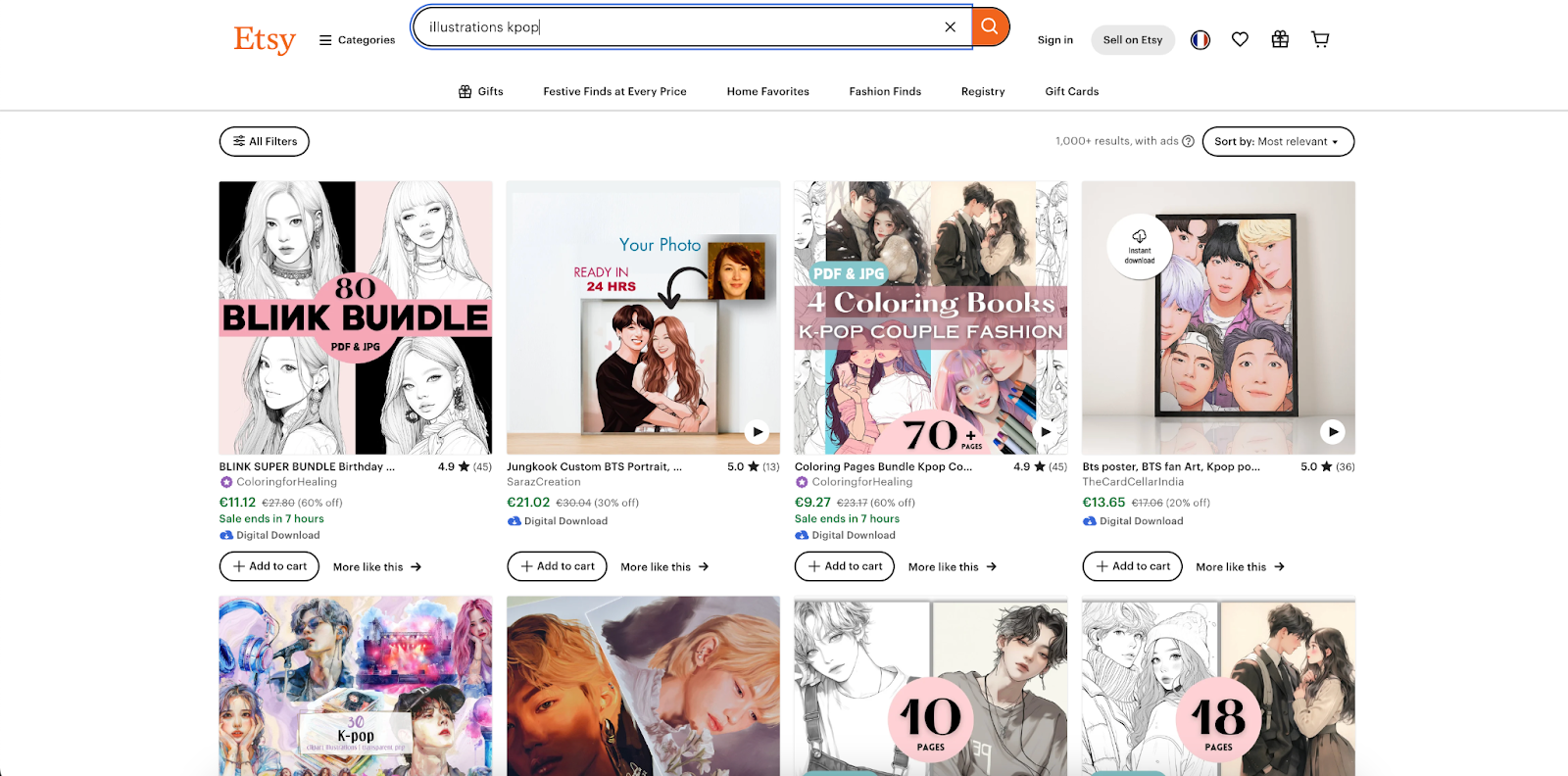
Like all art, the digital version is vast and offers something for every taste - from pixel art to adult content and Magna. As of 2024, the digital painting segment holds the major market share with a revenue share of more than 33%.
If you can find a niche that has fans or a strong community, you may be able to sell art that appeals to their passion; such as with hand-drawn illustrations of K-pop stars, or cute cartoons of cats.
There will also likely always be a demand for commercial art, such as logos, brand kits, website graphics, banners, and Photoshop edits. NFT art is also a hot topic, offering significant attraction for collectors of rare digital art pieces that are traded for eye-watering sums.
How to create digital art?
Creating digital art primarily requires the use of digital art software, such as Adobe Photoshop, Procreate, or Corel Painter. There are also free alternatives, like Krita and GIMP.
Depending on the style of your work, you’ll also need to choose between drawing with a mouse, a tablet stylus, or scanning real illustrations that are then converted to digital files.
How to sell digital art?
There are countless platforms available for digital art sales, including Etsy, ArtFinder, Fiverr, Shopify, Opensea, and Wix. Some of these are better suited to some arts than others. You can also use Whop to sell digital art, with the chance to interact with your community, set up subscriptions, and gain ongoing customers.
Video content
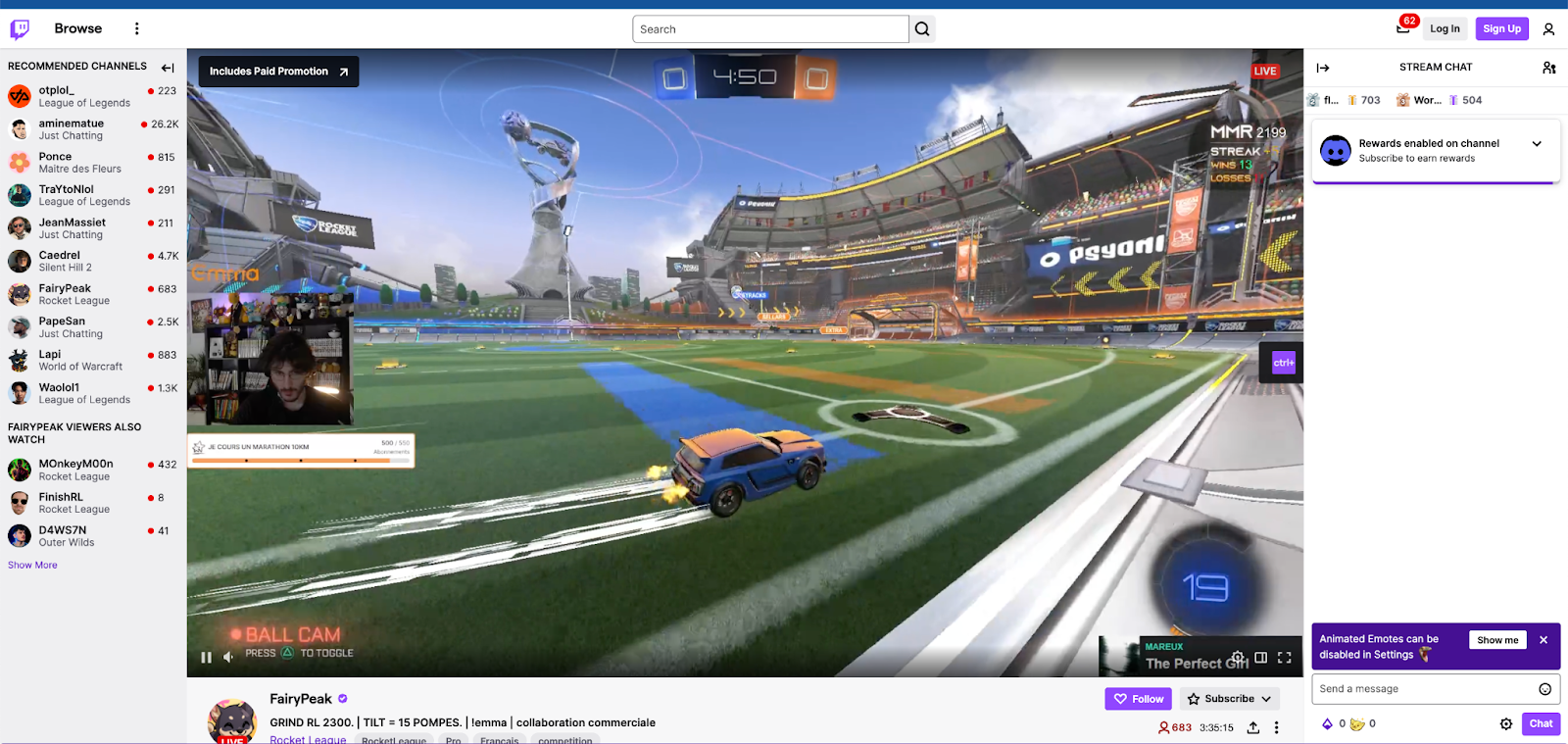
In 2024, the US generated around $43 billion from online video. The potential is enormous, as creating video content or becoming a YouTuber can give you the chance to make a living via various income streams.
How to create video content?
If you want to create video content you’ll need to invest in a professional microphone, camera, and lighting. You can do the editing yourself with software including Submagic, Adobe Premiere Pro, Davinci Resolve, Final Cap Pro, Filmora, and CapCut, or hire a professional.
You’ll also need to choose a niche that attracts an audience. For example, you could focus on gaming, health and beauty, or education.
How to sell video content?
There are various ways you can sell video content. The most popular route is via streaming and on-demand video. Platforms such as YouTube, Twitch, Caffeine, and Facebook gaming can help you grow a community that supports your creativity, with their views converting to ad revenue and paid subscriptions.
You can also benefit from paid sponsorships, collaborations, and affiliate marketing.
With Whop you can also sell on-demand video behind paywalls, accessible only to subscribers or membership tiers.
Templates
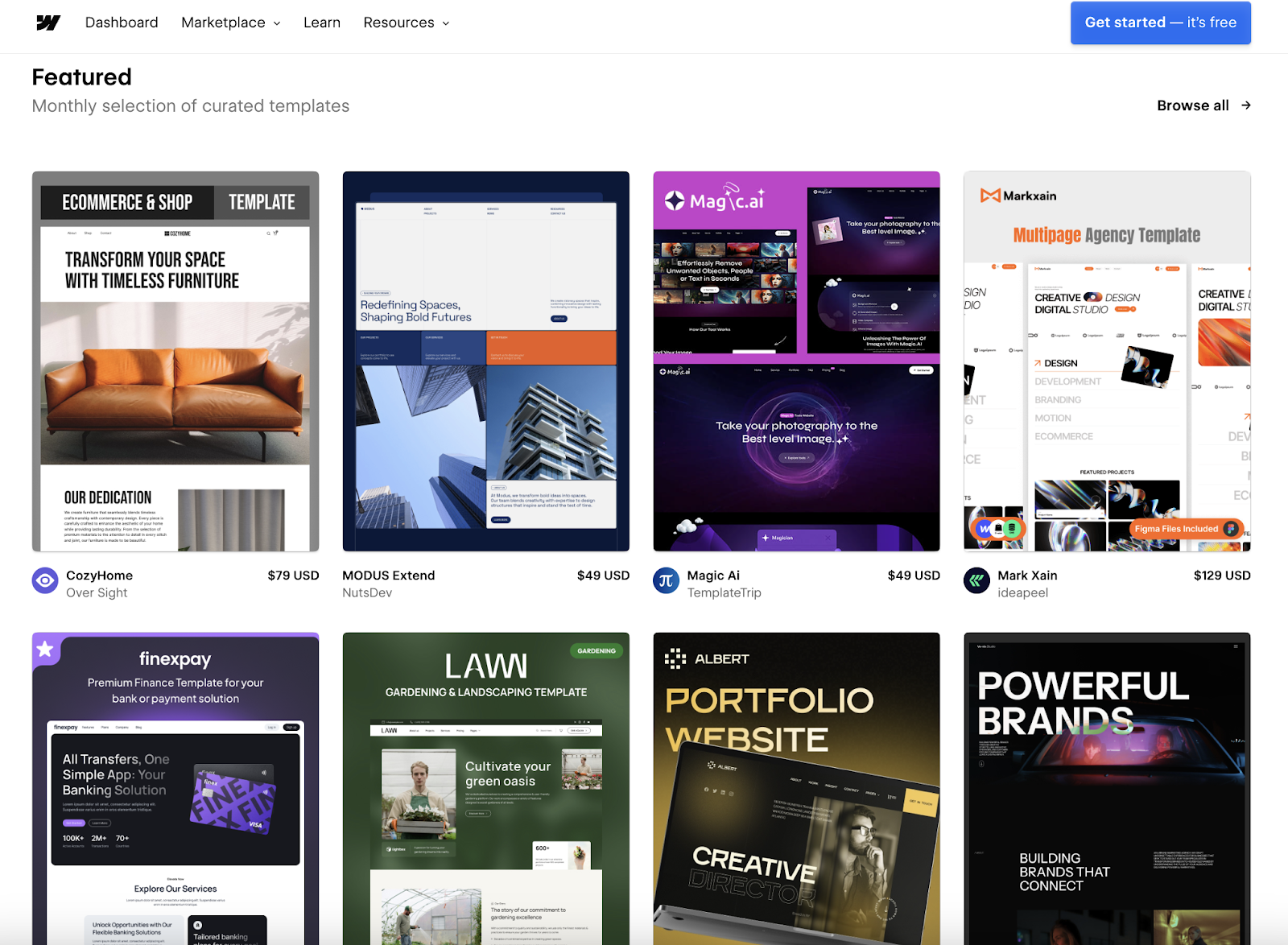
Template files speed up productivity and make life easier for businesses and creatives. If you can create templates that serve a helpful purpose or provide a step up in quality (compared to free templates), then you can make passive income.
How to create templates?
Templates can cover anything from WordPress themes and CVs to wedding invitations and spreadsheets. Your job will be to find a gap in the market, ensure an immaculate presentation, and then market it to hungry users. To create a template, you’ll need to design it in your chosen software and export the file.
How to sell templates?
To sell a template you’ll need to upload it to a marketplace or use your website storefront. Branding is key here, as you can target specific niches. People often search for website templates such as ‘restaurant theme’ or ‘ecommerce theme’, for example.
Whop is perfect for selling templates, as you can put files behind paywalls, sell subscriptions, and sell complementary digital products.
Software and apps
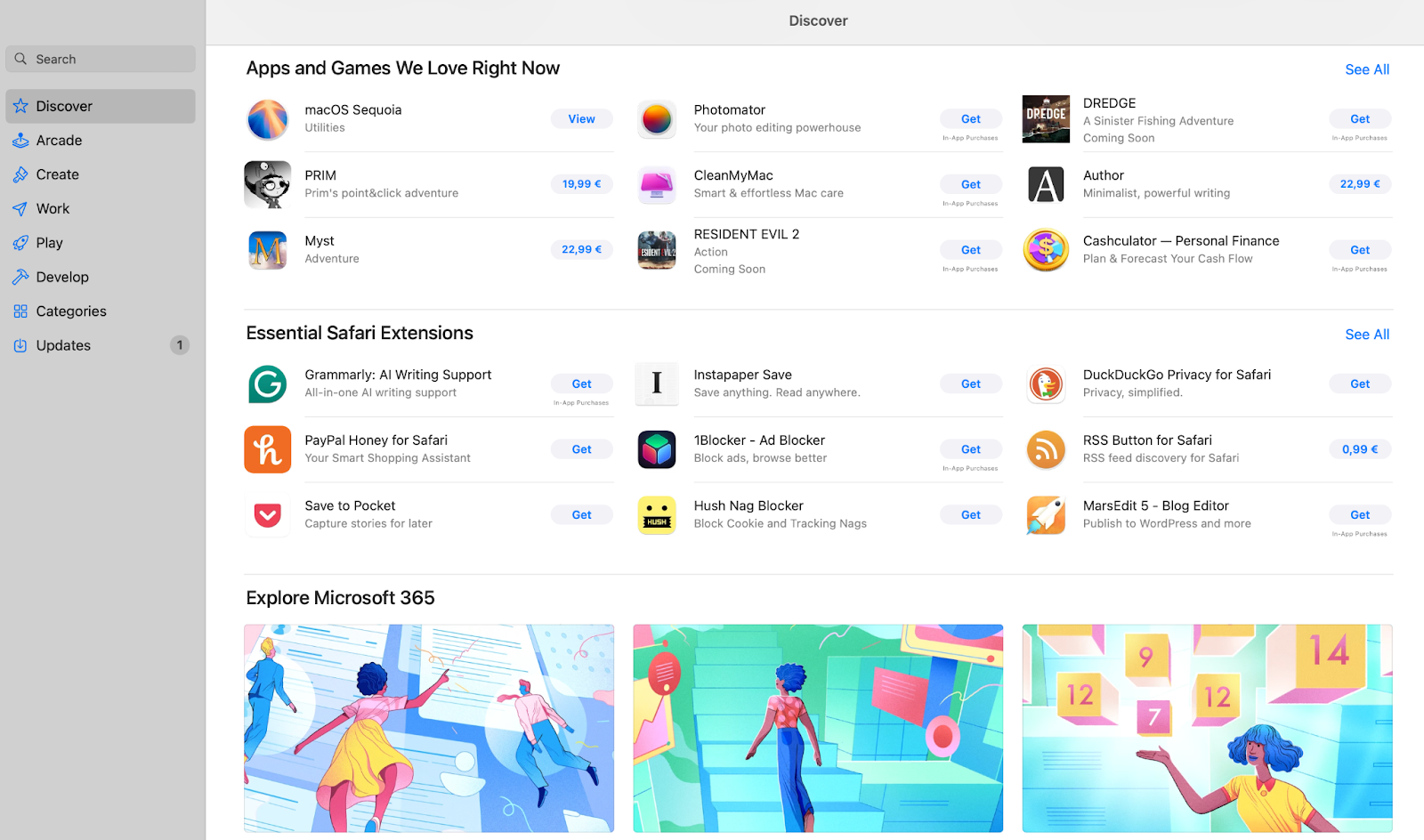
The global software market is currently projected to make an annual revenue of nearly $700 billion. It’s vast and provides the opportunity for entrepreneurs to sell software as a service to huge audiences.
Passive income is a high possibility here, as once the product is created you’ll only need to respond to bug requests and updates. There are no shipping or production costs required.
How to create software and apps?
Plugins, themes, and apps can be greeted in a variety of ‘techstacks’. Your choice of tech stack will be determined by your preferred programming language and framework.
You’ll need to think about the user experience (UX) and user interface (UI) and create a beta version for testing before launch.
How to sell software and apps?
Once created you can upload your software or apps to marketplace Flippa or device stores such as the Apple Appstore or Google Play. Or, sell your software with Whop - Whop charges no platform fees and you can keep up to 97% of your revenue.
Discover how to sell SaaS the right way.
Games
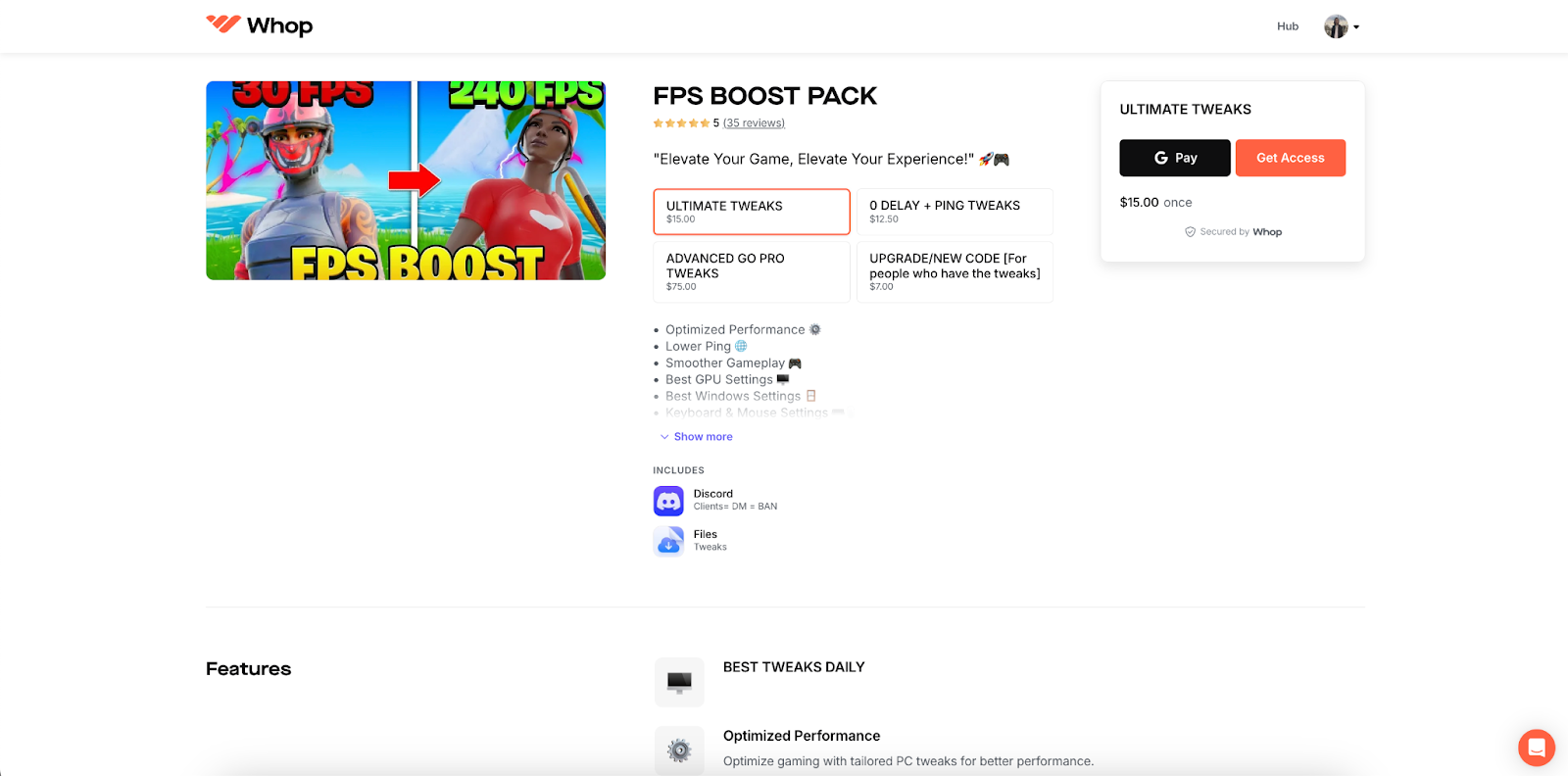
The global video game market is currently worth around $396.2 billion. It has the largest share of digital media revenue. As it increases to grow, it provides a hungry market.
By creating a game, gaming app, skin, cheat, or related feature, you can market it to a community interested in a specific gaming niche, genre, or theme.
How to create a gaming digital product?
Creating a game is no easy task, with coding, artwork, sound design, and testing all required. But add-ons and packs can be created for far less and tap into significant fanbases. If you’re making your own game, you’ll need to choose a game engine like Unity or Unreal engine.
Where to sell digital gaming products?
Whether you’re selling DLCs, in-game items, hacks, or complete games, you’ll need to find an appropriate sales channel. Steam is the largest distribution platform, with over 132 million users. But you can also consider:
- GOG.com
- Epic Games Store
- Humble Bundle
- Itch.io
- Microsoft Store
- Game Jolt
- Discord Store
- Kartridge
- Origin
- Amazon
- Whop
Photography
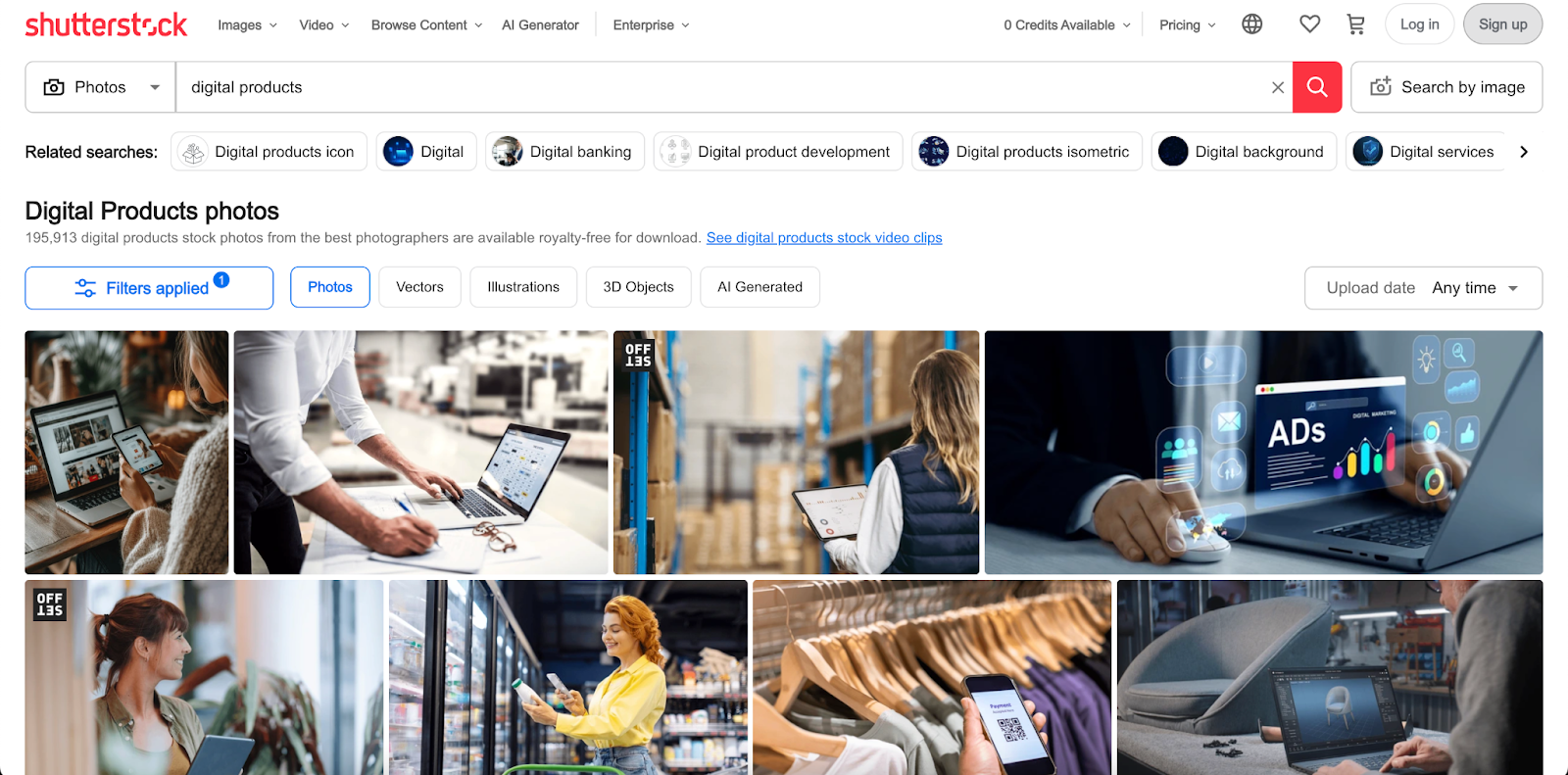
Despite the rise of AI, high-quality and authentic photography remains in high demand amongst marketers, advertisers, website owners, bloggers, and journalists.
How to sell photography online?
If you have a talent for photography, you can monetize your work by uploading your images to photography platforms. Consumers will then pay a fee to use your photograph in their work.
The hard part is ensuring you set competitive pricing and find an audience. Platforms include Shutterstock, Adobe Stock, Alamy, iStock, and Canva.
Images on Shutterstock start at $0.22, but some sought-after images can sell for thousands on sites like Getty Images.
Creating and selling digital products: The TL;DR
Here’s a quick recap of our guide to selling digital products.
- First, choose a niche. Put in some market research so you’re sure there’s an audience willing to pay for your idea. That research can help you understand your audience better, so you can tailor the product to their wishes.
- Then, create a plan for your product and start producing it; run tests and refine it, before offering a waitlist (or go-fund me, if needed).
- When it’s time to start selling, choose a sales platform suitable for your product and an attractive price that provides a profit margin. Market it with a variety of techniques and brand it with style.
- When it’s launch day let the whole world know, before tracking your progress and nurturing your community.
Sell your digital products with Whop
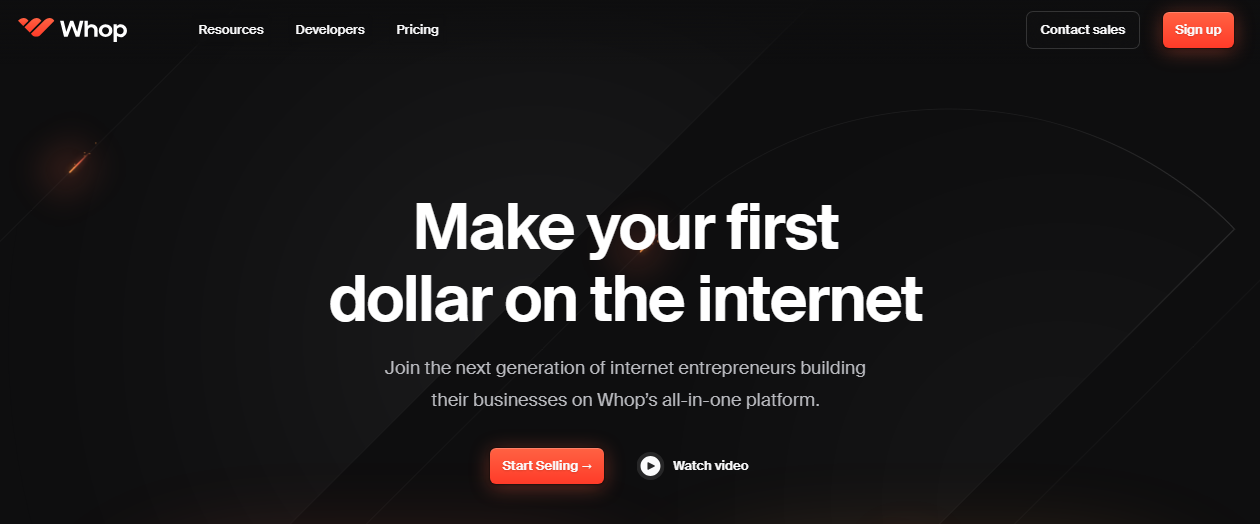
If you've made it this far, congrats - you now know everything you need to know about making and selling digital products.
When it comes to sales, you need a dedicated platform designed specifically for selling digital products. That platform is Whop.
With Whop you can sell everything from ebooks and templates to online courses and paid community access. Getting started with Whop is easy - simply create your whop (your online hub), upload your digital downloads, or use the streamlined interface to create your course or community.
As everything is in one place (your whop) it is incredibly easy to upsell and cross-sell. Offer an ebook add-on to your course cohort or a premium webinar for your community members. One whop, multiple uses, and unlimited earning potential.
Join Whop today and start making money online.





